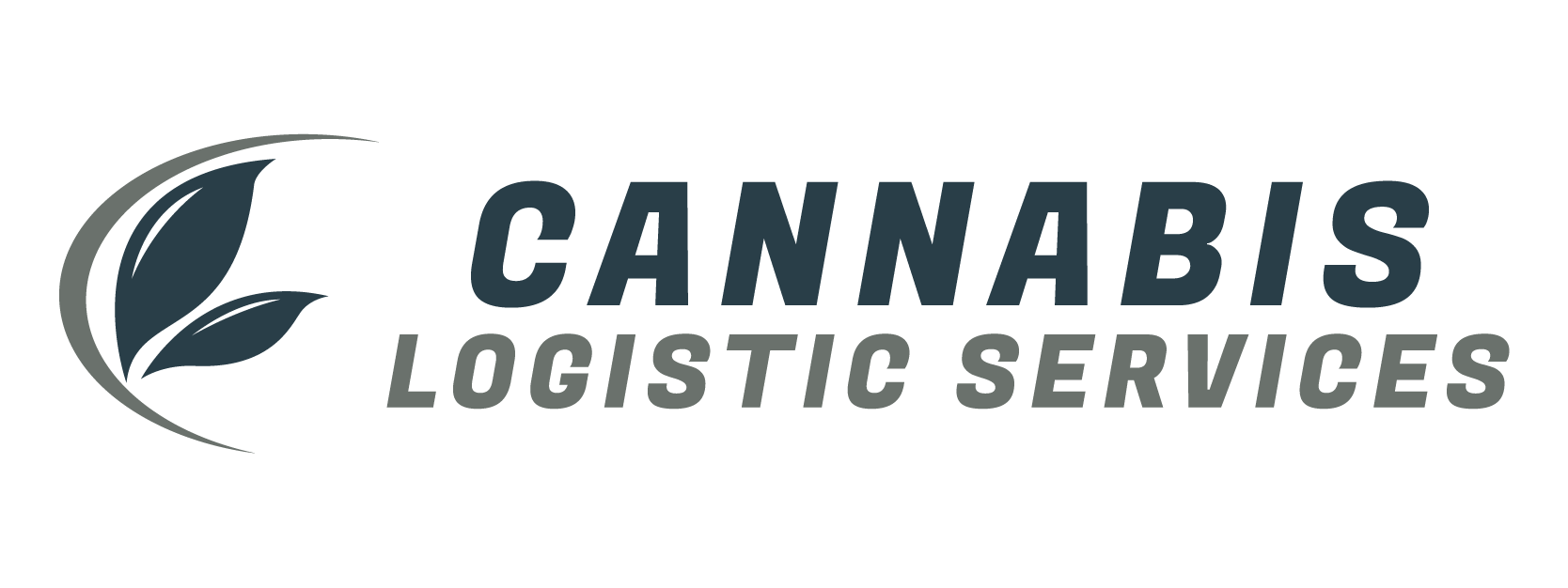In the regulated cannabis industry, the discovery of contaminated product—whether due to mold, pesticides, heavy metals, or microbial issues—triggers a series of tightly governed response protocols within logistics operations. Logistics companies, especially those focused on compliance, are central to the execution of safe, swift, and transparent product recovery. This ensures public health is protected and regulatory obligations are met.
The first step is detection and verification. Contamination is usually identified during third-party lab testing, required before products reach retail shelves. If a product fails testing post-distribution or contamination is suspected after transportation, logistics companies work directly with cultivators, manufacturers, and state regulators to verify the contamination. This includes reviewing chain-of-custody documentation, batch numbers, and track-and-trace data—usually maintained through state systems like METRC or BioTrack.
Once verified, logistics firms initiate quarantine procedures. Using real-time inventory tracking, they locate affected products across distribution centers, vehicles, or dispensaries. Quarantine status is applied to prevent further sale or movement. This step is time-sensitive and essential to ensure that no contaminated product reaches patients or consumers.
Next, the notification and recall process is triggered. In accordance with state laws—such as those outlined by the California Department of Cannabis Control (DCC) or Colorado’s Marijuana Enforcement Division (MED)—logistics companies must inform all supply chain stakeholders. This includes dispensaries, wholesalers, and, in some cases, direct consumers. Notifications detail the affected product batch, potential hazards, and the expected steps to follow, such as returning or destroying the product.
Recovery and transportation logistics follow next. Specialized teams are dispatched to retrieve contaminated goods from retail locations. Transport vehicles designated for recalled product must meet the same security and safety standards as regular cannabis transit operations. Products are then returned to the original license holder or routed to authorized destruction facilities, with every step logged in compliance software and state tracking systems.
Documentation and reporting are critical throughout the process. Compliance officers must prepare full reports for regulatory agencies that include transportation manifests, incident timelines, communication logs, and photos of recovered or destroyed product. These records not only serve as legal protection but are often required for audits or future license renewals.
Finally, companies conduct post-incident reviews. These internal audits evaluate how efficiently protocols were followed and identify any breakdowns in communication, transportation, or inventory tracking. Recommendations are implemented to strengthen response readiness for future events.
Preventing contamination begins with upstream quality control and cold chain management, but when failures occur, cannabis logistics providers are expected to execute swift, compliant recovery actions. Their role goes beyond transport—they are guardians of the product’s integrity and, by extension, consumer trust. As the cannabis market expands, these protocols continue to evolve under regulatory scrutiny, making the role of compliance officers in logistics more essential than ever.
Read More: How Cannabis Supply Chain Delays Affect the End Customer
